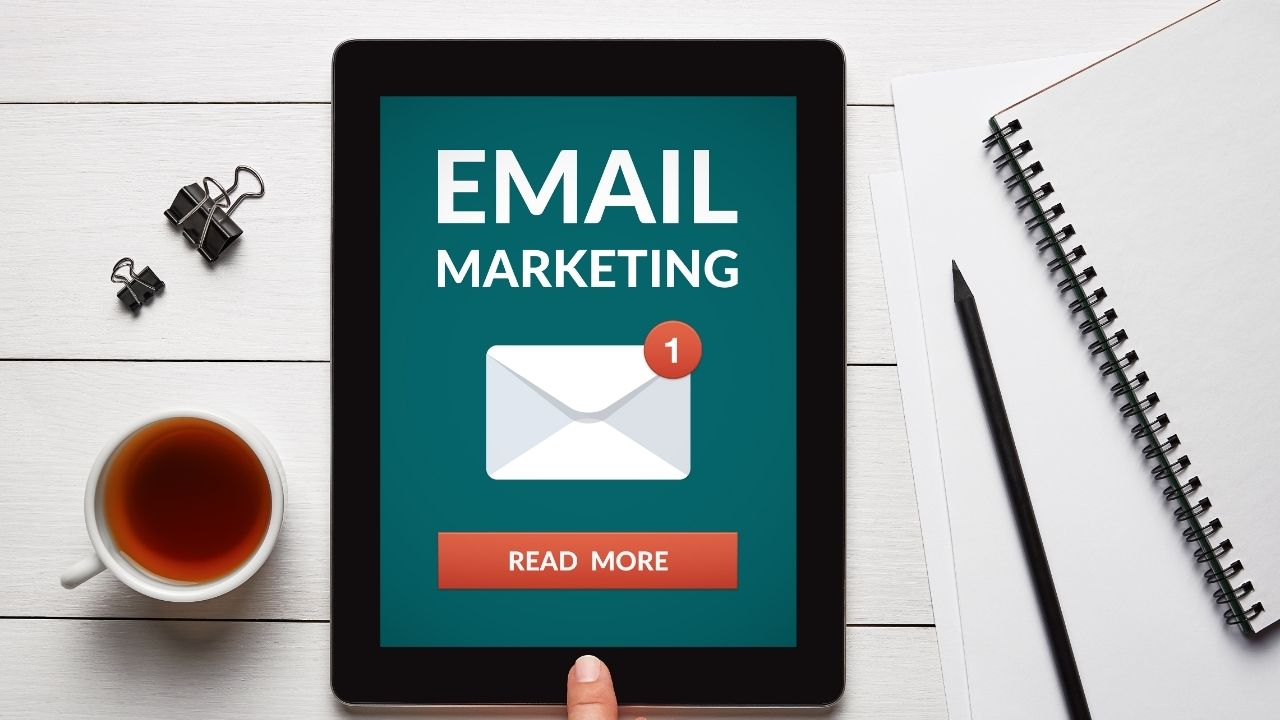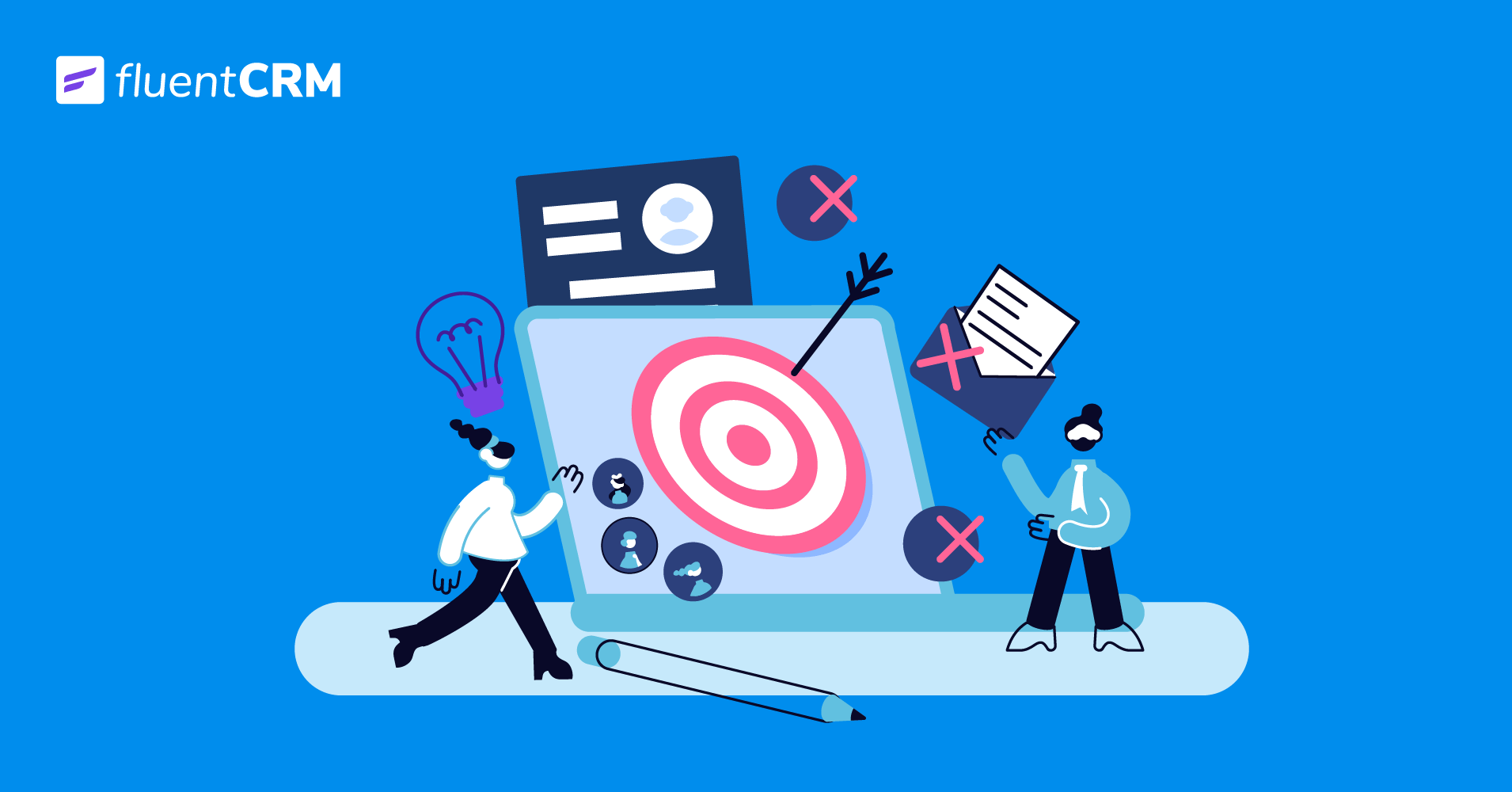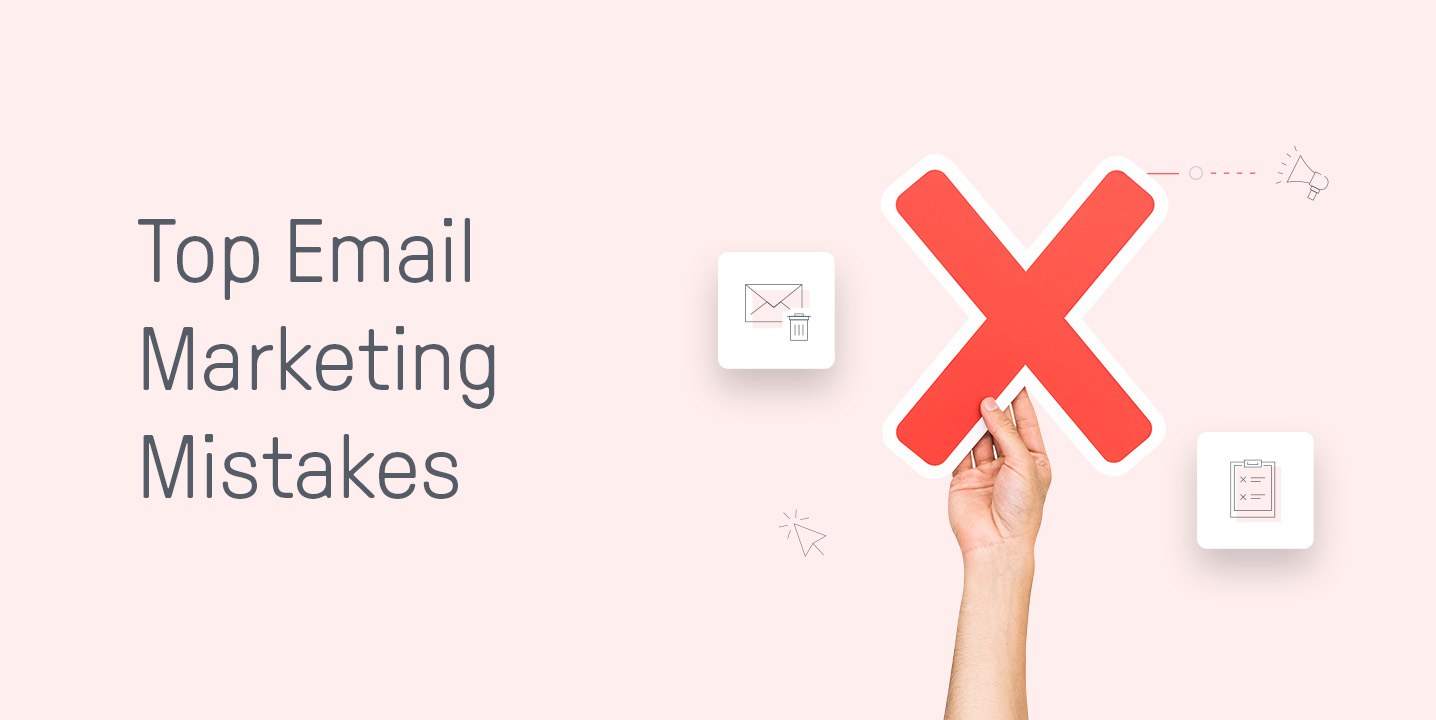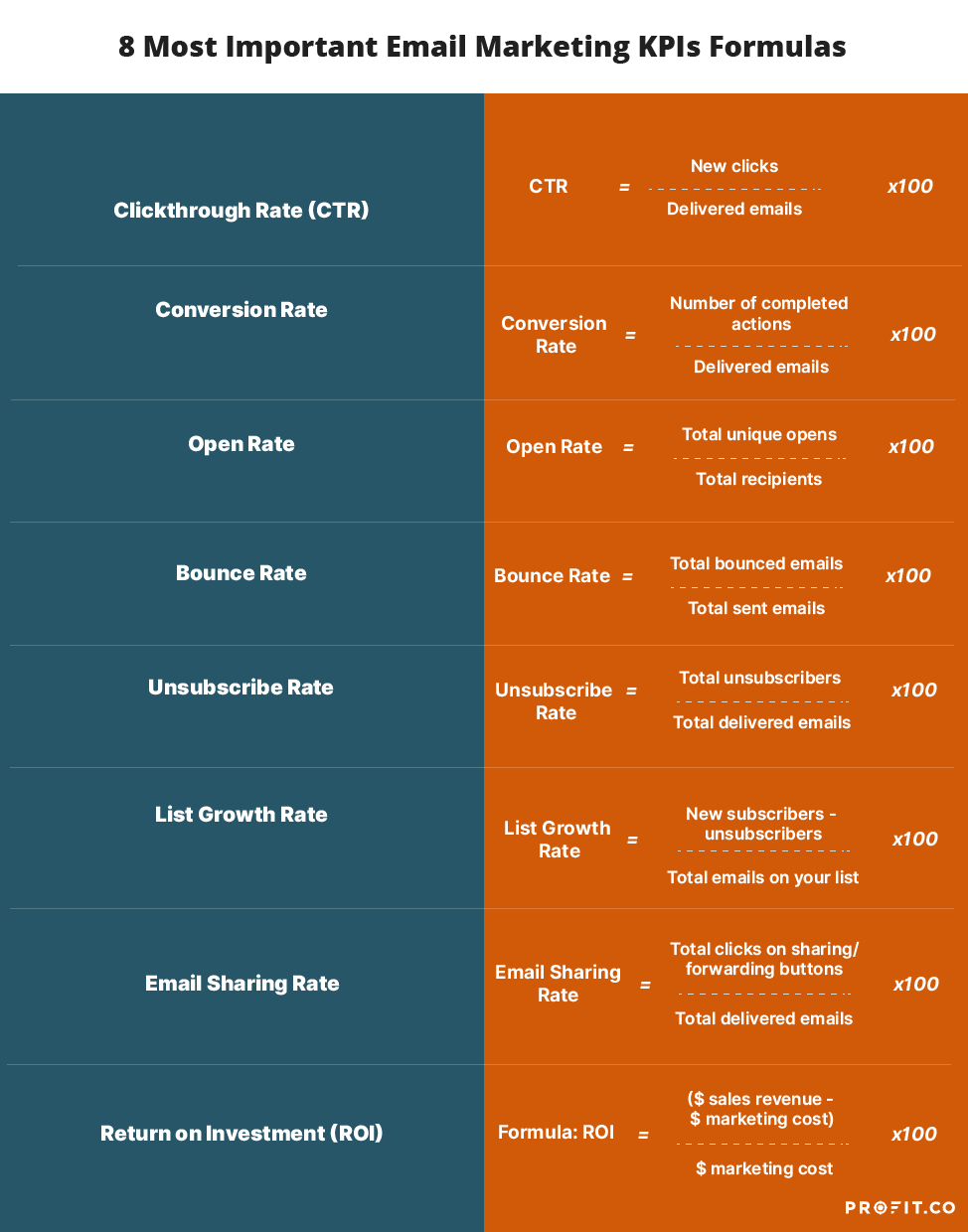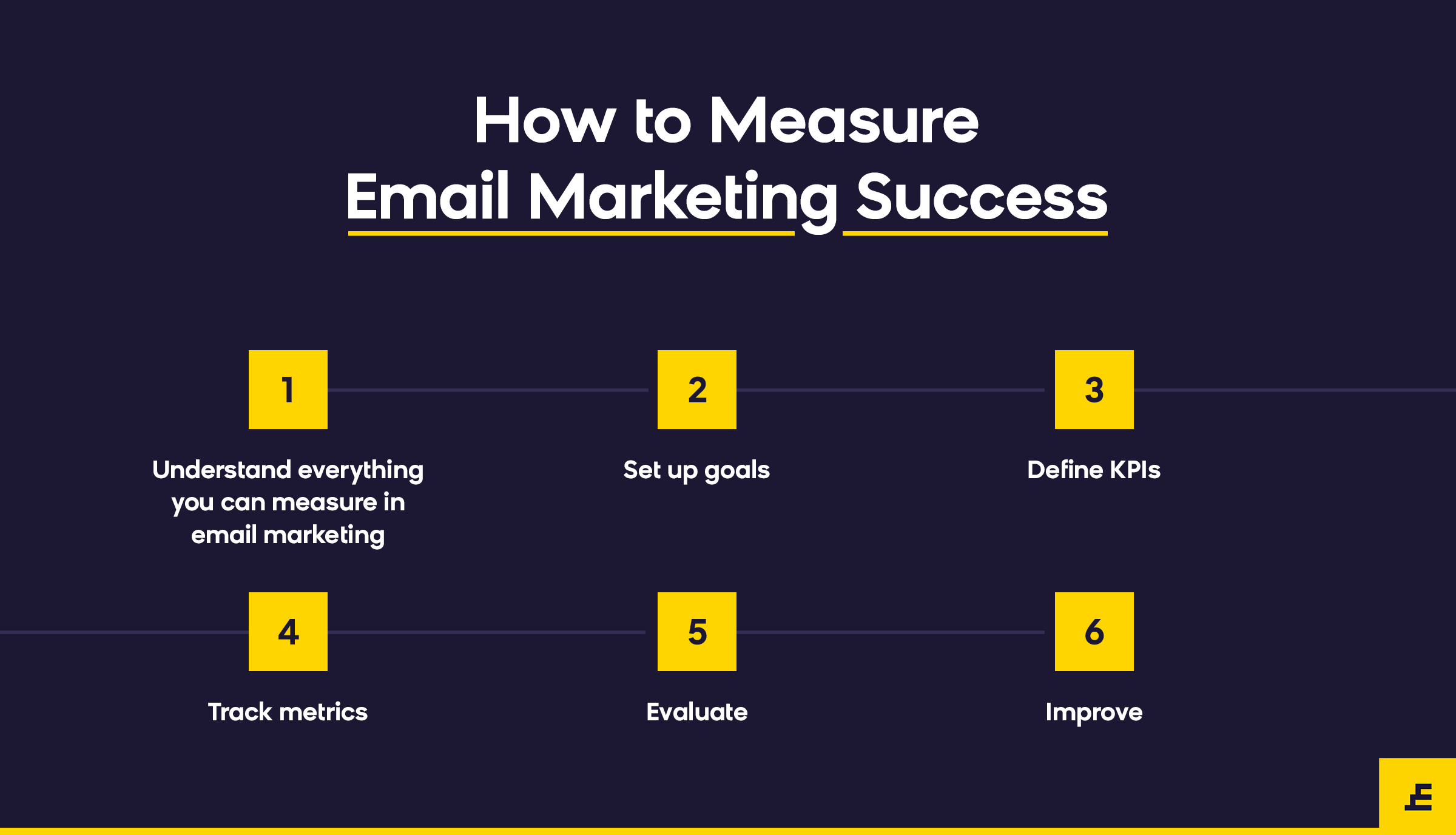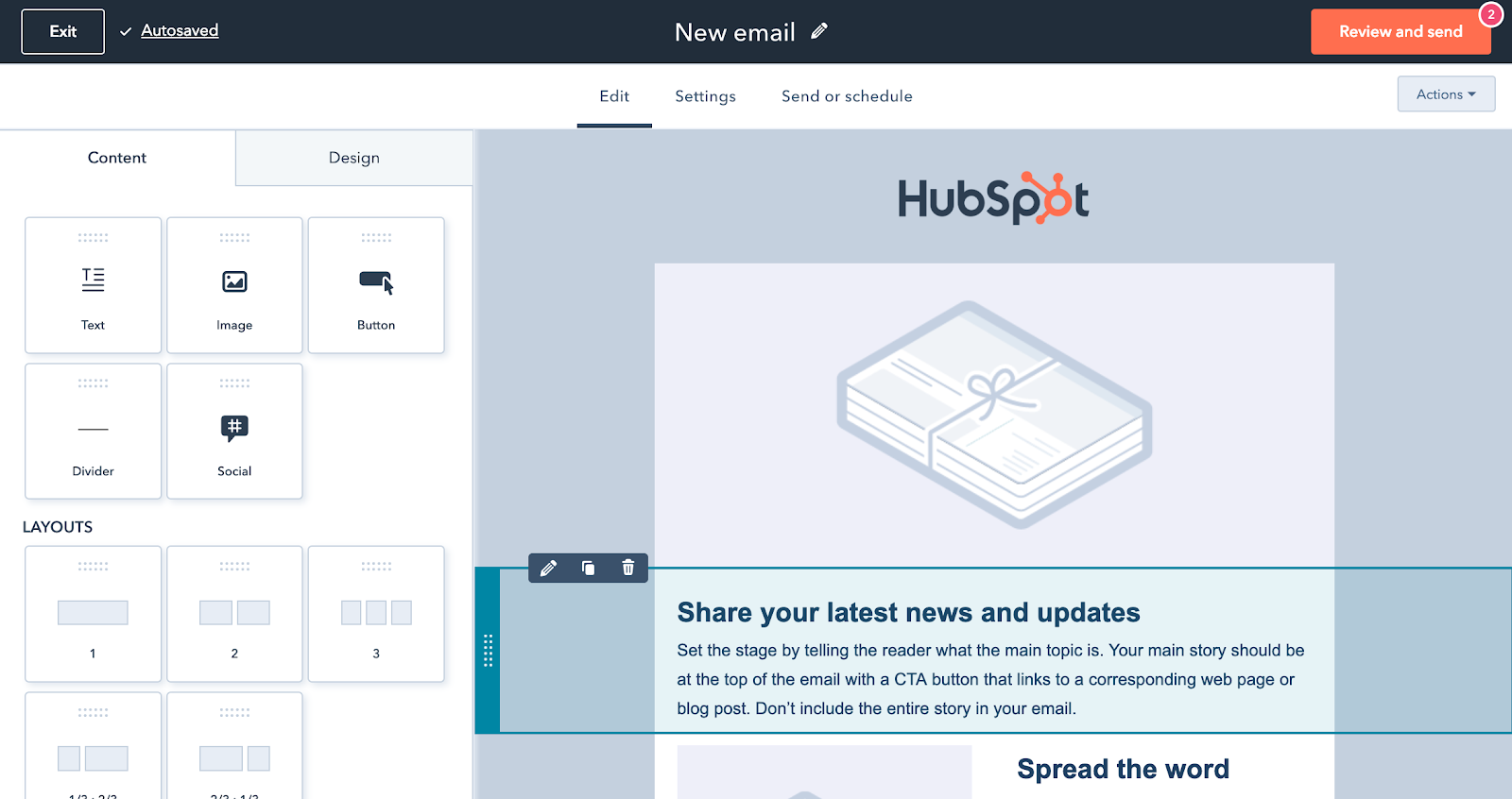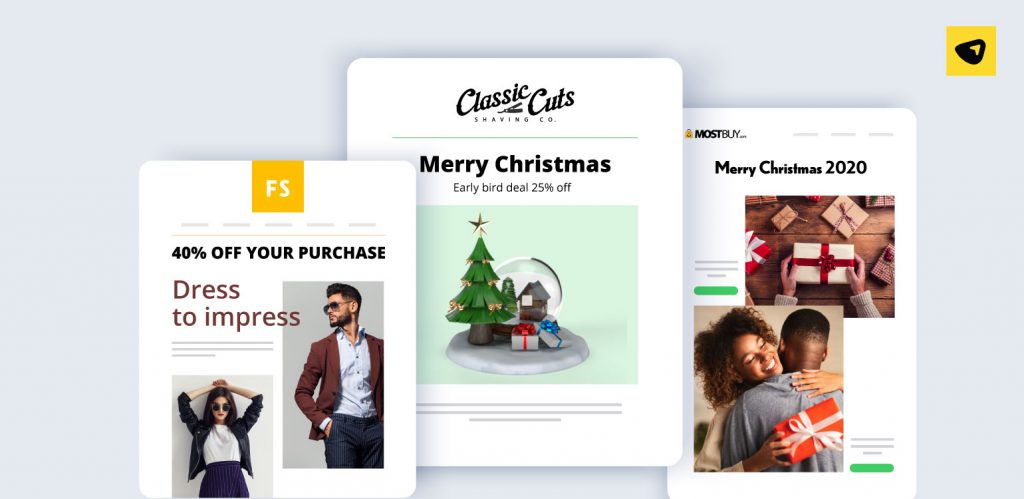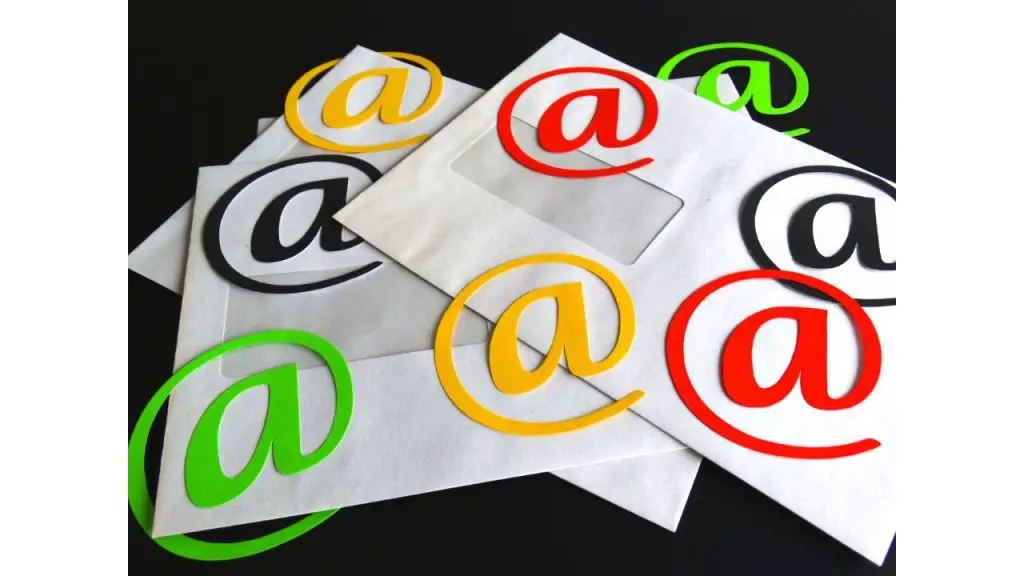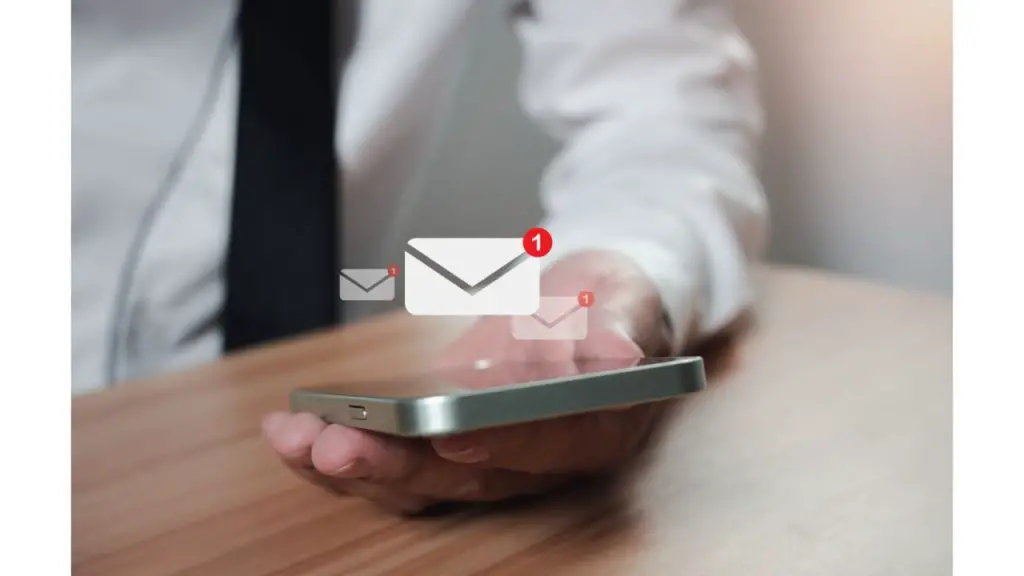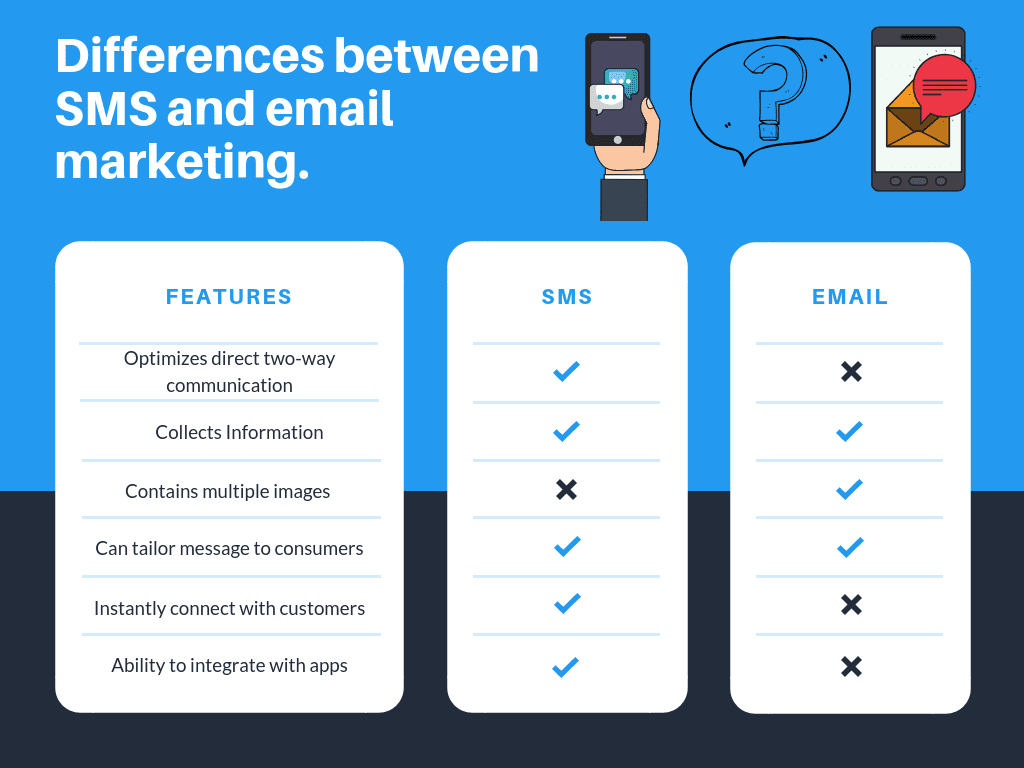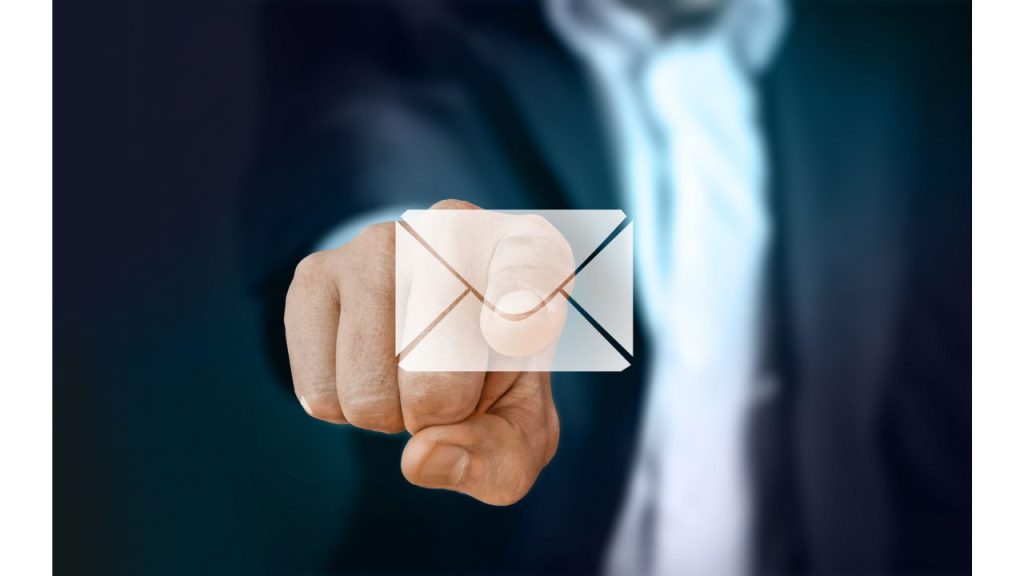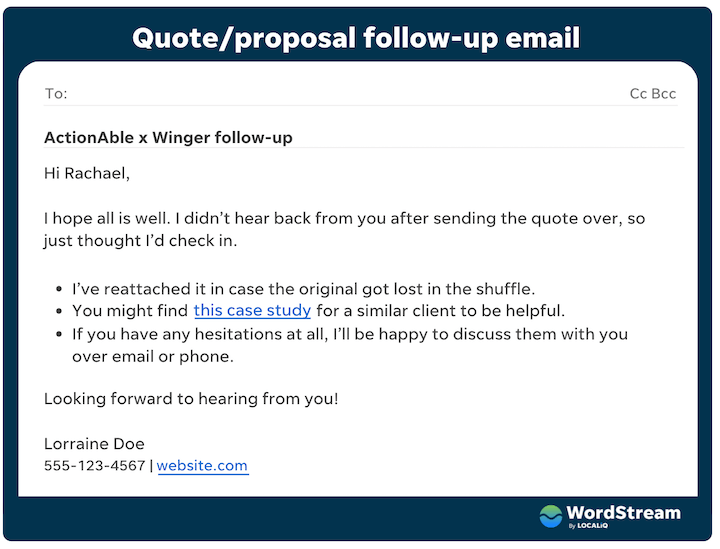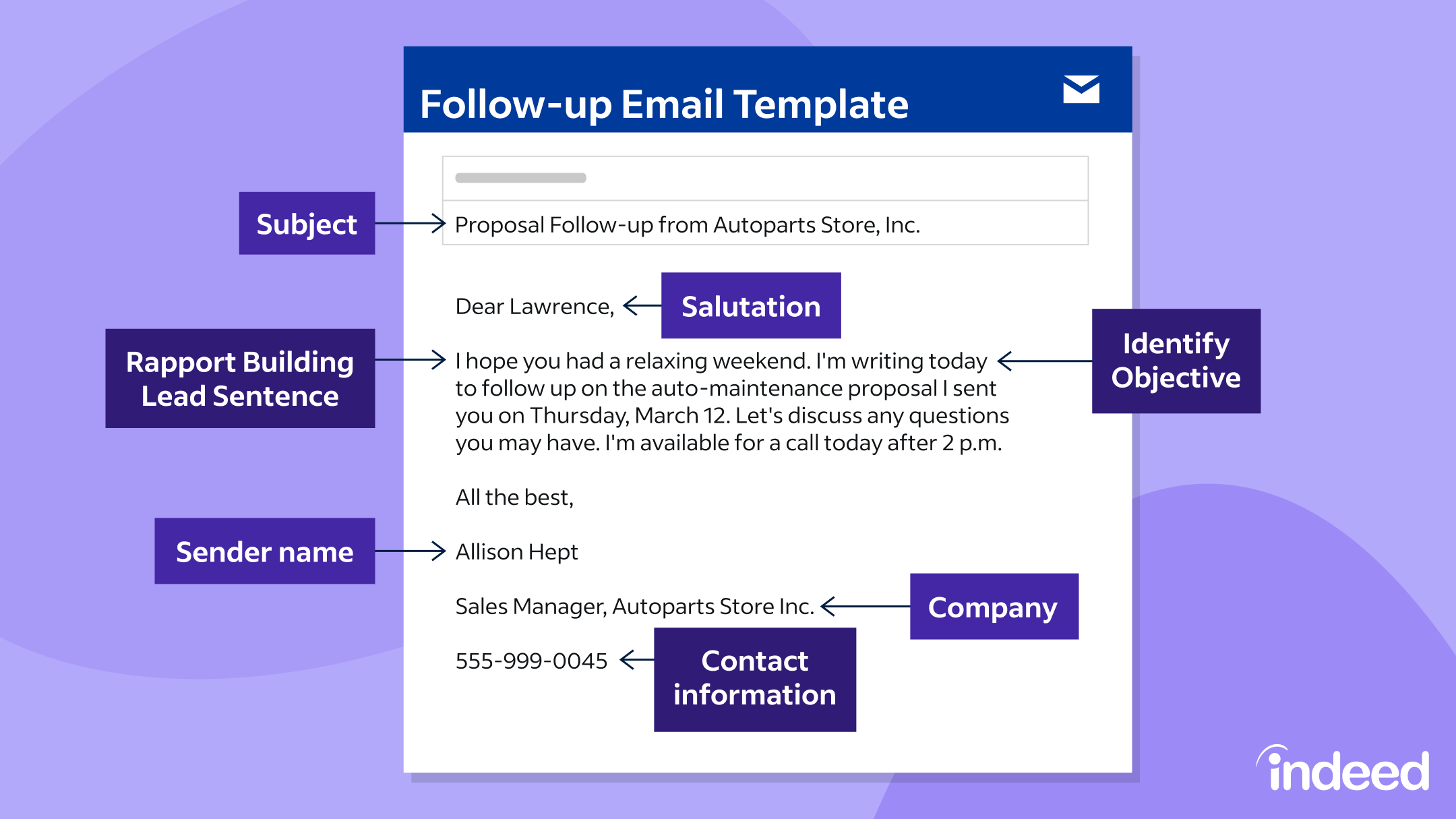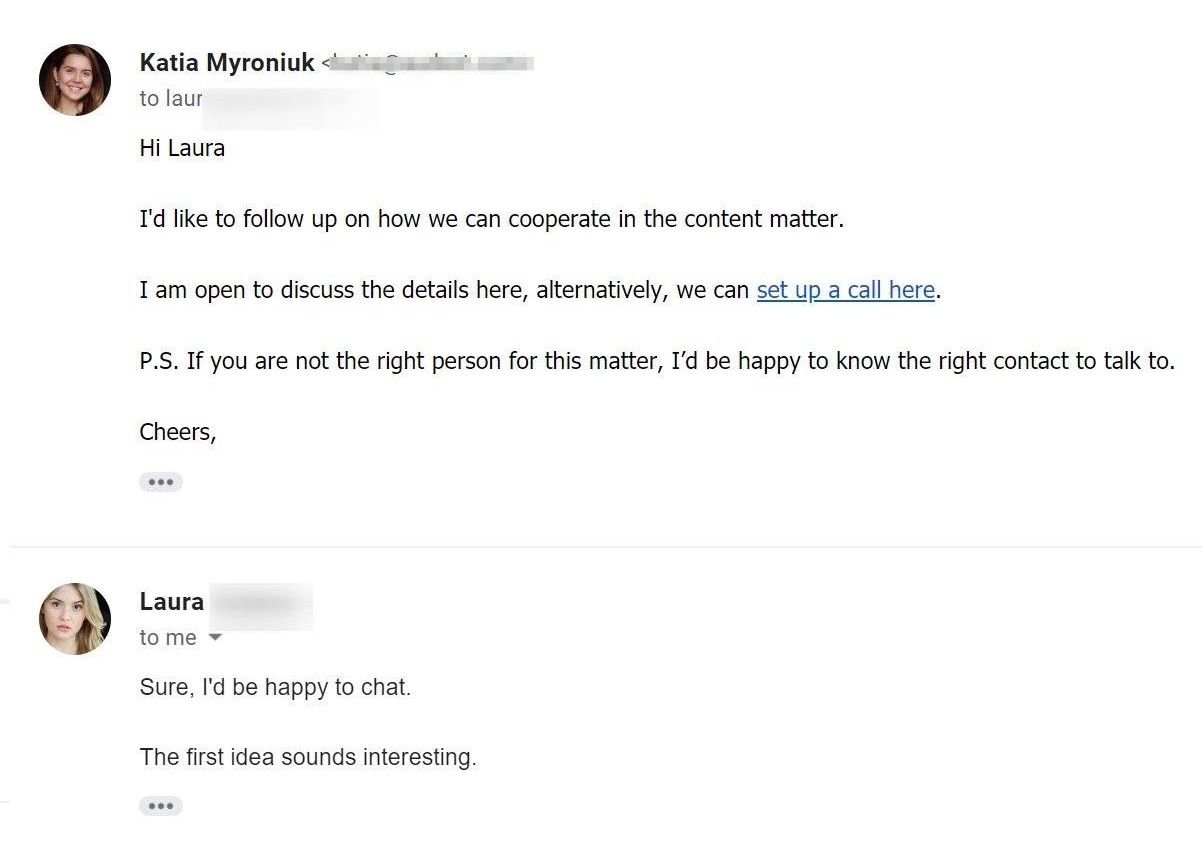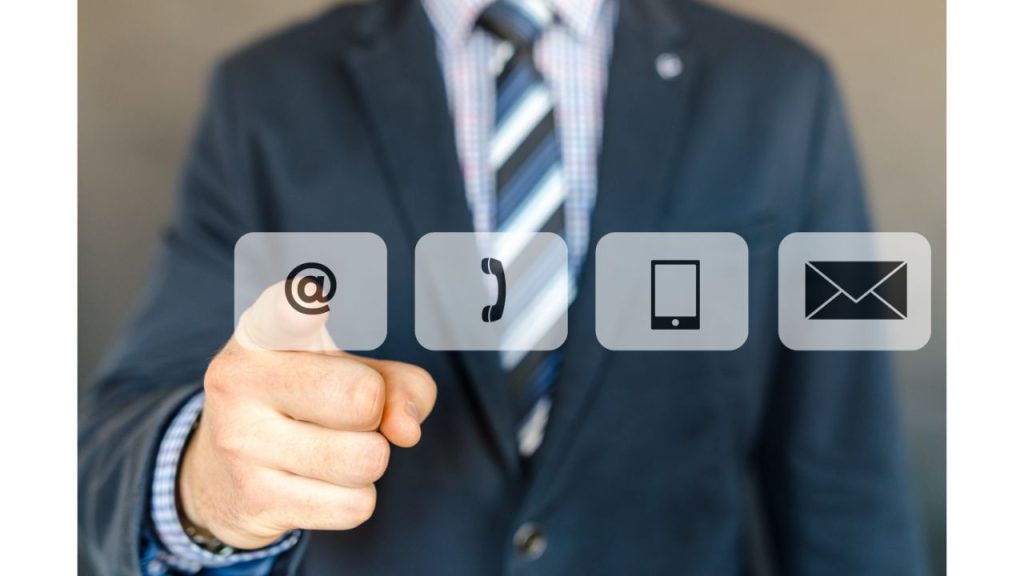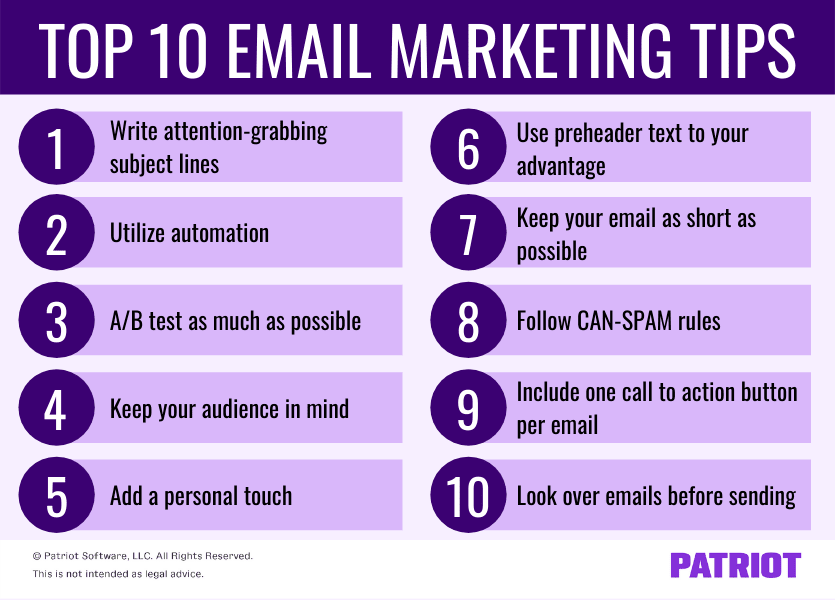
Post-purchase emails help build customer loyalty and satisfaction. They can encourage repeat purchases and gather valuable feedback.
Post-purchase emails play a crucial role in enhancing customer experience. After a sale, these emails confirm orders, provide shipping details, and offer customer support. They also present opportunities for upselling and cross-selling related products. Personalized content can make customers feel valued, increasing the likelihood of repeat business.
Effective post-purchase emails can solicit reviews and feedback, helping businesses improve their products and services. These emails are vital for maintaining engagement and fostering long-term relationships with customers. Implementing a well-crafted post-purchase email strategy can significantly boost customer retention and satisfaction, ultimately driving more revenue for the business.
The Power Of Post-purchase Emails
Post-purchase emails are a game-changer. They boost customer loyalty. They drive repeat sales. These emails build lasting relationships. They offer a chance to engage customers. They can turn one-time buyers into loyal fans.
Cementing Customer Relationships
Post-purchase emails strengthen bonds with customers. They show you care. They can say thank you. They can offer help. A simple thank-you email can make a big difference. It shows appreciation. It builds trust.
Send helpful tips related to the product. This adds value. Share user guides or how-to videos. This helps customers use the product better. Happy customers are likely to return.
Driving Repeat Business
Post-purchase emails can boost repeat sales. Offer discounts or special deals in these emails. Customers love exclusive offers. Send reminders about products they might like. Suggest related products they may need.
Here are some effective types of post-purchase emails:
- Thank-you emails
- Product recommendations
- Exclusive discounts
- Feedback requests
Include a call-to-action in every email. This can be a discount code. It could be a link to your store. Make it easy for them to buy again.
| Email Type | Purpose | Example Content |
|---|---|---|
| Thank-you email | Show appreciation | Thank you for your purchase! We hope you love it. |
| Product recommendations | Suggest related items | You might also like these products. |
| Exclusive discounts | Encourage repeat purchase | Here’s a 10% off code for your next order. |
| Feedback request | Gather customer insights | We’d love to hear your thoughts on your recent purchase. |
Crafting The Perfect Thank You Email
After a customer makes a purchase, a thank you email is vital. It helps build a strong relationship with your customers. A well-crafted thank-you email can lead to repeat purchases.
Personalization Is Key
Personalization makes your email special to the customer. Use their first name in the greeting. Mention the product they bought. This small touch makes them feel valued.
Here are some ways to personalize your thank you email:
- Use the customer’s name.
- Refer to their recent purchase.
- Include personalized product recommendations.
Expressing Genuine Gratitude
Customers like to feel appreciated. Thank them sincerely for their purchase. Show genuine gratitude in your words.
Here is an example:
Thank you, Sarah, for your recent purchase! We appreciate your support.
A sincere thank you can make a big difference. It shows customers that you care.
By focusing on personalization and genuine gratitude, your thank you emails will stand out. This can help build loyalty and encourage future purchases.
Feedback And Reviews: Engage And Learn
Post-purchase emails are a key part of customer engagement. They help you gather feedback and reviews. This information helps your business grow and improve. Let’s explore how to use feedback and reviews effectively.
Encouraging Customer Feedback
After a purchase, send an email asking for feedback. Make the process simple. Ask clear questions about the product. Use a rating system or short survey. Customers are more likely to respond if the task is easy.
| Method | Benefit |
|---|---|
| Rating System | Quick and easy for customers |
| Short Survey | Gathers detailed feedback |
Utilizing Reviews To Build Trust
Customer reviews build trust in your brand. Share positive reviews on your website. Highlighting reviews can boost sales. Respond to negative reviews politely. Show that you care about customer satisfaction.
- Share positive reviews on product pages.
- Include reviews in marketing emails.
- Respond to negative feedback quickly.
By engaging with reviews, you build a loyal customer base. Encourage honest feedback to improve your products and services.
Incentivizing Future Purchases
Post-purchase emails can drive future sales. They can build customer loyalty. Offering incentives in these emails can be very effective. Customers feel valued and are likely to buy again.
Exclusive Offers And Discounts
Providing exclusive offers can boost repeat purchases. Customers love feeling special. You can create offers only for existing customers. These can include:
- Discount codes
- Buy-one-get-one-free deals
- Free shipping on the next order
Using a discount code like “THANKYOU20” can excite customers. Mentioning that it’s a limited-time offer adds urgency. This can prompt quicker purchases.
| Offer Type | Discount | Validity |
|---|---|---|
| Thank You Discount | 20% | 7 Days |
| Next Purchase Discount | 15% | 30 Days |
| Free Shipping | 100% | 15 Days |
Early Access To New Products
Early access can make customers feel important. It builds excitement for new products. Here are some ways to offer early access:
- Send sneak-peek emails before the official launch
- Provide a special link for early shopping
- Offer pre-order options with a bonus
Using phrases like “Be the first to try” can create buzz. Customers will appreciate the exclusive opportunity. They may even share their excitement with friends.
Early access can also create word-of-mouth marketing. Happy customers will talk about their special treatment.
Educate And Inspire: Tips And How-tos
Post-purchase emails are a great way to help customers. These emails can educate and inspire your audience. They can also build trust and loyalty. Sharing tips and how-tos shows you care about customer success.
Maximizing Product Use
Help customers get the most out of their purchase. Share easy tips that enhance product use. Create step-by-step guides with images or videos. This can reduce product returns and increase satisfaction.
- Provide a quick start guide.
- Share advanced features and tips.
- Offer maintenance advice.
Show how to use the product daily. Highlight benefits they might not know. Explain common mistakes and how to avoid them.
Sharing Expert Advice
Customers value expert advice. Share insights from industry professionals. This builds trust and adds value. Create a series of expert tips in emails.
- Interview industry experts.
- Share their tips and tricks.
- Provide actionable advice.
Include quotes and testimonials from experts. Show customers how to use the product like a pro. This makes them feel confident and informed.
Consider adding a FAQ section. Answer common questions your customers have. This helps them feel supported and reduces confusion.
Providing educational content in post-purchase emails can greatly enhance customer experience. It helps customers use products effectively and feel valued.
Re-engagement Strategies That Work
Keeping customers engaged after their purchase is crucial. Effective re-engagement strategies can bring them back. You can use various methods to achieve this. Let’s explore some proven strategies.
Win-back Email Campaigns
Win-back email campaigns target inactive customers. These emails remind customers about your brand. Offer special discounts or new arrivals. This can encourage them to return.
Use a friendly tone in these emails. Personalization is key. Mention their past purchases. Show them products they might like. Here is a simple structure for a win-back email:
| Element | Details |
|---|---|
| Subject Line | We Miss You! Here’s a Special Offer |
| Greeting | Hi [Customer Name], |
| Body | It’s been a while since your last visit. We have some exciting new products and offers just for you. |
| Offer | Get 20% off on your next purchase. |
| Call to Action | Shop Now |
| Closing | Best Regards, [Your Brand] |
Subscription Reminders
Subscription reminders help keep customers subscribed. Send reminders before their subscription expires. Highlight the benefits of staying subscribed.
Offer incentives for renewing. This could be a discount or a gift. Here is a sample subscription reminder email:
| Element | Details |
|---|---|
| Subject Line | Your Subscription is Ending Soon! |
| Greeting | Dear [Customer Name], |
| Body | Your subscription is about to end. Renew now to continue enjoying our services. |
| Offer | Renew now and get 10% off your next month. |
| Call to Action | Renew Now |
| Closing | Thank you, [Your Brand] |
Personalization Through Data
Post-purchase emails can boost customer retention. Personalization through data makes these emails more effective. Use customer data to create relevant and engaging content. This approach increases customer satisfaction and loyalty.
Segmentation For Tailored Messaging
Segmentation divides your audience into smaller groups. Each group shares similar characteristics. This allows you to send tailored messages. Tailored messages are more relevant to each group.
For example, segment customers by purchase history. Send product recommendations based on past purchases. This makes the email more useful to the customer. It also increases the chances of repeat purchases.
| Segment | Message Type |
|---|---|
| First-time buyers | Welcome and product tips |
| Repeat buyers | Loyalty rewards and exclusive offers |
| High-value customers | Personalized thank you notes |
Predictive Analytics For Timely Offers
Predictive analytics uses data to forecast future behaviors. This helps in sending timely offers to customers. For example, predict when a customer might need a refill. Send a timely reminder email with a special offer.
Here are some benefits of using predictive analytics:
- Increases the chances of repeat purchases
- Reduces cart abandonment
- Enhances customer satisfaction
Use data like purchase history and browsing behavior. Predict what a customer might need next. Send them offers at the right time.
- Collect data from multiple sources.
- Analyze customer behavior patterns.
- Send personalized and timely offers.
This approach makes your emails more relevant. Customers appreciate timely and useful offers. This leads to higher engagement and sales.
Measuring Success: Metrics That Matter
Post-purchase emails can boost customer loyalty and increase sales. But, how do you know if they are working? Measuring success is key. Focus on metrics that matter to get the best insights.
Tracking Open And Click-through Rates
Open rates show how many customers open your emails. High open rates mean your subject lines are effective. Use tools like Google Analytics to track these rates.
Click-through rates (CTR) tell you how many customers click on links in your emails. High CTR means your content is engaging. You can use this data to improve future emails.
| Metric | What It Shows | How to Improve |
|---|---|---|
| Open Rate | Interest in Subject Line | Make subject lines catchy |
| Click-Through Rate | Engagement with Content | Add compelling calls-to-action |
Assessing Customer Lifetime Value
Customer Lifetime Value (CLV) measures the total revenue a customer brings over time. This metric helps you understand the long-term impact of your emails.
To calculate CLV:
- Find the average purchase value.
- Multiply by the average number of purchases per year.
- Multiply by the average customer lifespan.
Example:
- Average purchase value: $50
- Average purchases per year: 3
- Average customer lifespan: 5 years
CLV = $50 x 3 x 5 = $750
Track CLV to see how post-purchase emails contribute to long-term value. Use this data to refine your email strategies.
Legal Considerations And Best Practices
Post-purchase emails are crucial for customer engagement and retention. They offer a chance to build trust and encourage repeat business. However, it’s important to follow legal guidelines and best practices. This ensures your emails are effective and compliant.
Compliance With Email Regulations
Compliance with email laws is essential. The CAN-SPAM Act in the U.S. and GDPR in the EU set clear rules. Violating these can result in hefty fines.
- Clear Consent: Always get clear consent before sending emails.
- Easy Unsubscribe: Include an easy way to unsubscribe in every email.
- Accurate Information: Ensure your email content is honest and accurate.
Failure to comply can damage your brand and wallet. Always stay updated on local and international regulations.
Maintaining Email List Hygiene
Good email list hygiene keeps your emails relevant and reduces bounce rates. An unclean list can harm your sender’s reputation.
- Regular Cleaning: Remove inactive or invalid email addresses regularly.
- Segmentation: Segment your list based on customer behavior and preferences.
- Double Opt-In: Use double opt-in methods to confirm email addresses.
Regularly clean your email list to maintain a high sender score. This ensures better deliverability and engagement.
| Best Practices | Benefits |
|---|---|
| Get Clear Consent | Reduces spam complaints |
| Include Unsubscribe Option | Avoids legal issues |
| Regular List Cleaning | Improves email deliverability |
Following these legal considerations and best practices makes your post-purchase emails more effective and compliant. This leads to better customer relationships and higher engagement rates.

Credit: www.seguno.com
Future Trends In Post-purchase Communication
Post-purchase communication keeps customers happy. It builds trust and loyalty. New trends are changing how brands connect with customers.
This section explores future trends. Learn about AI and chatbots. See how they improve post-purchase emails.
Leveraging AI for Personalization
AI personalizes post-purchase emails. It uses customer data to create unique messages. Personalized emails make customers feel special.
AI predicts customer needs. It suggests products based on past purchases. This increases sales and satisfaction.
| AI Feature | Benefit |
|---|---|
| Personalized Recommendations | Increases sales and customer satisfaction |
| Behavior Analysis | Predicts customer needs |
The Role Of Chatbots In Customer Engagement
Chatbots engage customers after a purchase. They answer questions quickly. This improves customer service.
Chatbots are available 24/7. They handle simple tasks. This frees up human agents for complex issues.
- Answer common questions
- Provide order updates
- Offer product suggestions
Chatbots use natural language processing. They understand and respond like humans. This makes communication smooth and effective.
Frequently Asked Questions
What Is Post-purchase Email?
A post-purchase email is a follow-up message sent after a customer completes a purchase. It can confirm the order, provide shipping details, or request feedback. These emails enhance customer experience and foster loyalty.
What Is An Example Of A Post-purchase?
An example of a post-purchase is receiving a confirmation email after buying a product online. This email often includes order details and shipping information.
When Should You Send A Post-purchase Email?
Send a post-purchase email within 24 hours after the purchase. This reinforces customer satisfaction and encourages feedback.
How Many Post-purchase Emails?
Send three post-purchase emails. First, confirm the order. Second, provide shipping updates. Third, ask for feedback or reviews.
Conclusion
Post-purchase emails are crucial for customer retention and satisfaction. They build trust and encourage repeat business. Remember to personalize your messages for a better connection. Use engaging content to keep customers interested. Effective post-purchase emails can significantly boost your business growth.
Start optimizing your email strategy today for better results.



